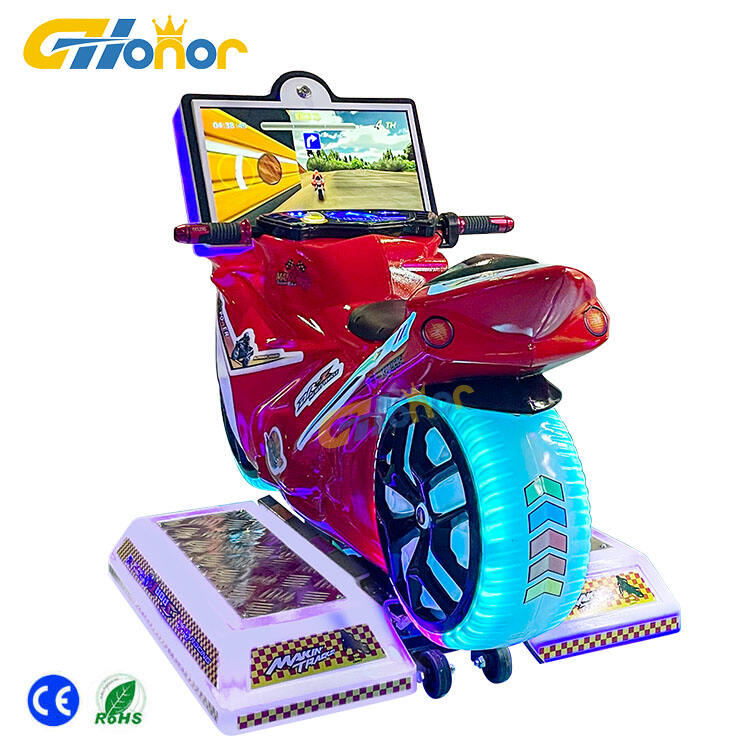Racing game trends reflect the evolving preferences, technological advancements, and cultural influences that shape the design, gameplay, and popularity of racing video games across platforms, from consoles and PCs to mobile devices and arcade machines. These trends are driven by innovations in graphics, hardware, player expectations, and the desire to create more immersive, accessible, or competitive experiences. One prominent trend is the rise of hyper-realism, with developers leveraging advanced graphics engines (like Unreal Engine 5) to create lifelike visuals—detailed car models, realistic weather effects (rain, snow), and accurately recreated tracks based on real-world locations (e.g., Nürburgring, Tokyo streets). This realism extends to physics engines that simulate vehicle handling, tire wear, and damage with precision, appealing to racing enthusiasts seeking authentic driving experiences. Another key trend is accessibility, with games incorporating features to welcome casual players, such as simplified controls, assist modes (auto-steering, braking), and shorter race formats. This balances the needs of hardcore fans with those of younger players or newcomers, expanding the audience. Cross-platform play is also growing, allowing players on different devices (consoles, PCs, mobile) to compete or collaborate, fostering larger, more active communities. Immersive technologies like virtual reality (VR) and augmented reality (AR) are transforming racing games, with VR headsets offering first-person perspectives that simulate the sensation of sitting in a car, complete with motion controls for steering and haptic feedback for vibrations. AR racing games overlay digital tracks onto real-world environments (via mobile cameras), blending physical movement with virtual competition. The rise of esports has turned racing games into competitive spectator sports, with organized tournaments, professional teams, and live streaming on platforms like Twitch. Games like “Gran Turismo Sport” and “Forza Motorsport” feature ranked modes, league systems, and prize pools, attracting both players and viewers. Additionally, open-world racing games are gaining popularity, allowing players to explore vast, seamless environments (cities, countryside) with dynamic events, side missions, and customizable vehicles, moving beyond linear track-based gameplay. Sustainability themes are emerging, with games featuring electric or hybrid vehicles, reflecting real-world shifts toward eco-friendly transportation. This not only aligns with cultural values but also introduces new gameplay mechanics (e.g., managing battery life). Finally, nostalgia-driven remakes and retro-inspired games cater to players seeking classic racing experiences, blending old-school gameplay with modern graphics. By adapting to these trends, racing games continue to evolve, offering diverse experiences that captivate both dedicated fans and new audiences.
